Xiaomi Mi Watch
At this point, I think Xiaomi is beating Samsung in which company can do a better job of copying Apple.
Influencer: Apple Watch introduced April 24, 2015

Influenced: Xiaomi Mi Watch announced Novemeber 5, 2019

At this point, I think Xiaomi is beating Samsung in which company can do a better job of copying Apple.
Influencer: Apple Watch introduced April 24, 2015

Influenced: Xiaomi Mi Watch announced Novemeber 5, 2019

Fast Company: Apple built a $1 trillion empire on two metaphors. One is breaking:
That’s how metaphors work: Once their underlying logic becomes manifest, we forget that they were ever there. No one remembers that before the steering wheel in a car, there were tillers, and that tillers made for a natural comparison when no one drove cars and far more people had piloted a boat. The metaphor disappeared once driving cars became common. In digesting new technologies, we climb a ladder of metaphors, and each rung helps us step up to the next. Our prior assumptions lend us confidence about how a new technology works. Over time, we find ourselves farther and farther from the rungs we started with, so that we eventually leave them behind, like so many tiller-inspired steering wheels. Or like the various metaphors—hyperlink, browser, search engine—that taught Westerners how to use the World Wide Web.
I wrote about this ‘disappearing metaphor’ problem back in 2009:
Fine. As long as we have our living analogue ancestors around, our iconography can stay in place and mutate when some of them become extinct. We get it. Let’s stretch this out to it’s logical conclusion – there is no interface. We become the interface. The interface becomes us.
We’ll reach a point in the future where what Mr. Dawes is saying does come to be. People will no longer understand that bell telephone means ‘call someone’. Phones will become implants and we’ll simply say a person’s name to our interfaceless voice recognition system. We have HUDs in jets and cars, is it really a stretch to image an HUD eye implant?
Picture an iPhone without the iPhone.
It will be a strange, new world once we fuse with our devices.

The Google Stadia looks like the anti-Nintendo Switch Lite.
photo credit: Amelia Holowaty Krales for The Verge
This headline from Engadget says it all:
‘Surface Pro X review: Gorgeous hardware marred by buggy software’
How about that. The SOFTWARE company founded 44 years ago by Bill Gates is making better hardware than software in 2019.
I’ve always contended Microsoft made great mice, but this is next-level irony.
In a New York Times opinion piece Martin Scorsese breaks down why Marvel movies aren’t cinema:
In the past 20 years, as we all know, the movie business has changed on all fronts. But the most ominous change has happened stealthily and under cover of night: the gradual but steady elimination of risk. Many films today are perfect products manufactured for immediate consumption. Many of them are well made by teams of talented individuals. All the same, they lack something essential to cinema: the unifying vision of an individual artist. Because, of course, the individual artist is the riskiest factor of all.
I’m certainly not implying that movies should be a subsidized art form, or that they ever were. When the Hollywood studio system was still alive and well, the tension between the artists and the people who ran the business was constant and intense, but it was a productive tension that gave us some of the greatest films ever made — in the words of Bob Dylan, the best of them were “heroic and visionary.”
What a thoughtfully written piece. And he’s correct.
In the same way that Dan Brown’s books aren’t literature, no, Marvel movies aren’t cinema.
A UFC bout might have looked like a safe space for Trump. Here’s why it wasn’t:
The booing began immediately. The music on the loudspeakers was turned up, either to herald Trump’s arrival or to stifle the crowd’s displeasure in reaction to it, but the sound of those boos was overwhelming. A few Trump fans scattered throughout the room cheered, but they were drowned out. Three rows down, a young couple held up a sign that said “Impeach and Remove.” There was no introduction like there had been at the World Series last week, no sense of ceremony or occasion, no video of the president and his sons on the Jumbotron, no “Lock him up” chants — but for a moment, the environment, already full of alcohol and flush with three hours of fights and charged for more, felt volatile.
This is why Trump continues to hold rallies – they’re the only places where people aren’t booing him.
Last night I watched In the Mood for Love directed by Wong Kar-wai. The MP4 file I had did not have subtitles, so all I could do was infer what was happening based on the actors expressions. That and drool over the cinematography. And incredible color. It’s one of the most beautifully shot movies I’ve ever seen.
Hat tip to Anthony Bourdain (S11 E05 of Parts Unknown).

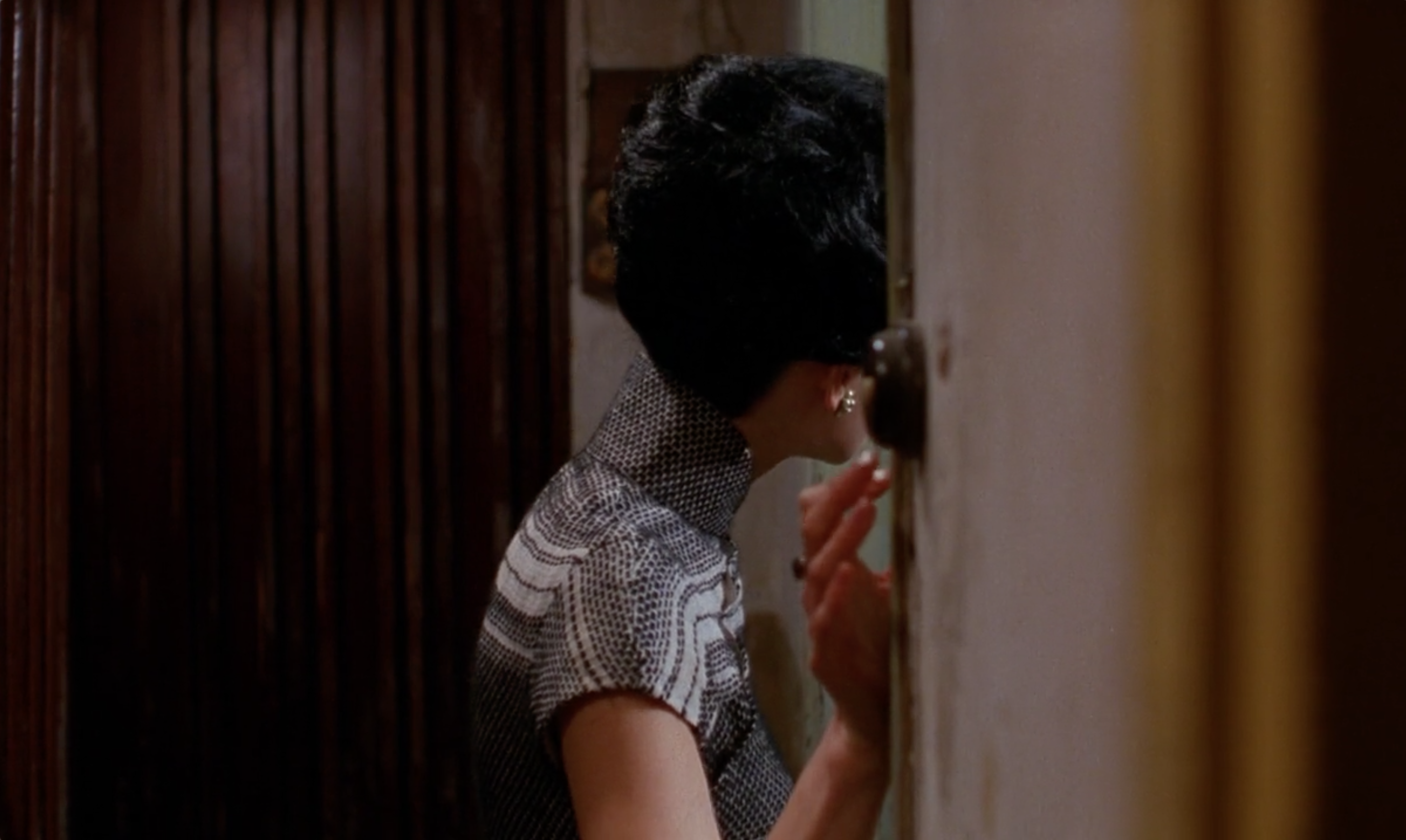


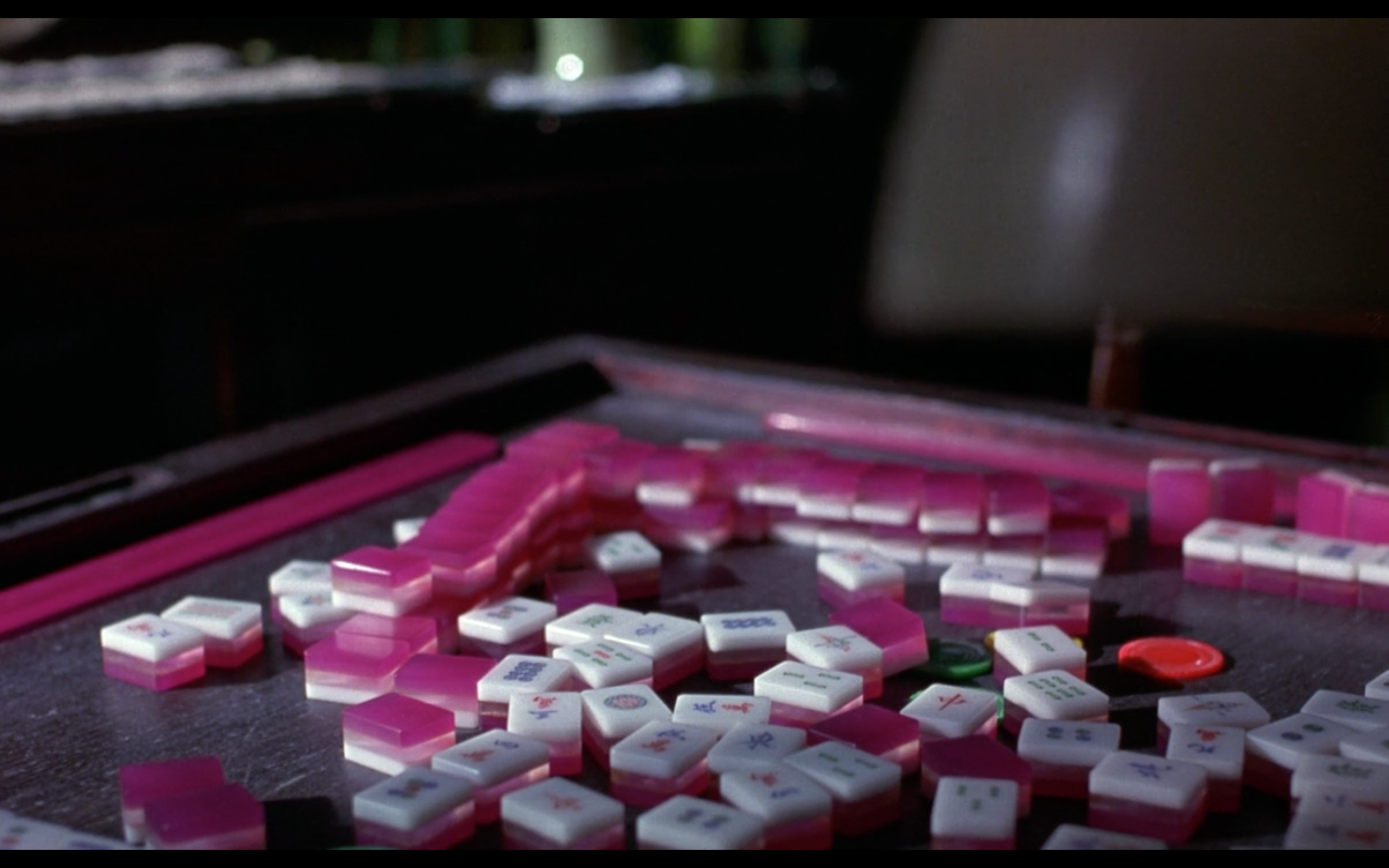
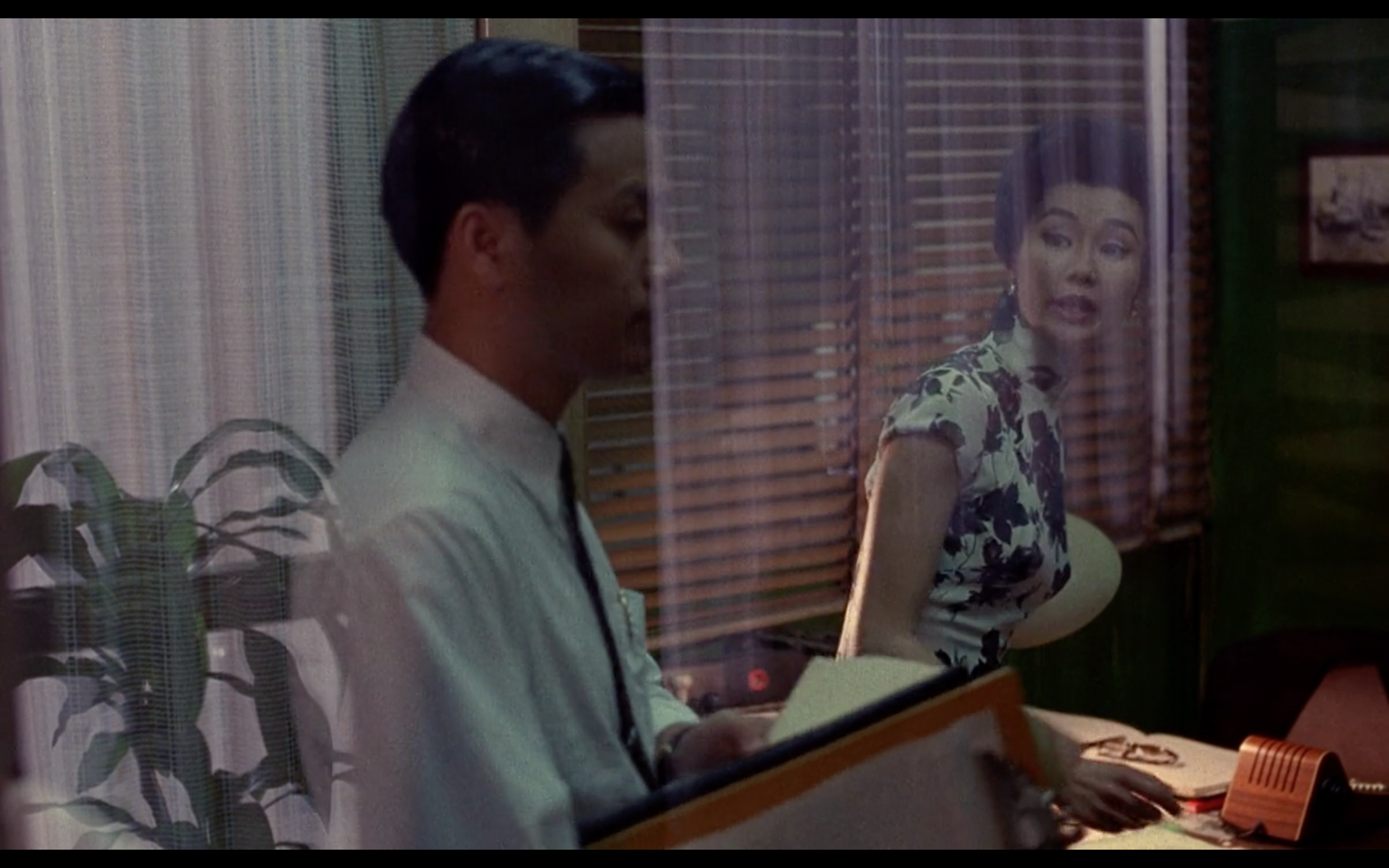

Gizmodo: WeWork Delaying Mass Layoffs Because It Can’t Afford Severance:
WeWork, the company that is either a transformative way of life or a dangerously overleveraged real estate company posing as a cultish tech firm, is planning on laying off thousands of employees.
… Just as soon as it can scrape up the cash for severance costs, anyhow.
Earlier on Monday, reports indicated that WeWork investor SoftBank was preparing a $5 billion bailout package that may give it 70 percent or higher control of the company at a valuation of $8 billion, a catastrophic fall from WeWork’s prior claims to be worth $47 billion. (As of just a few weeks ago, WeWork was still hoping for a valuation in the $20 billion range.) Business Insider later reported that staff received emails indicating there will soon be layoffs at the company; according to another report from the Wall Street Journal, sources say that thousands of people are slated to lose jobs but that the decision had been delayed because WeWork has only “weeks” of money left and can’t afford to pay severance. The paper noted that SoftBank’s offer would cover buying “more than $1 billion of stock from existing investors and employees.”
But wait! What about founder Adam Neumann, the CEO dude who was asked to step down in September? Does he get anything?
However, the details around Neumann’s payoff were dramatically under-reported as the journal reports that Softbank will provide the former CEO with around $1.7 Billion as part of the deal (and extend a $500 million line of credit to the kabbalah follower).
SoftBank can’t scrounge up the severence cash, but they sure as shit can get founder Adam Neumann $1.7 billion. Got it. Thanks.

—from “Adios, Motherfucker” by Michael Ruffino
The other night a friend told me iGavel Auctions is auctioning off Property from the Collection of Anthony Bourdain. It started on October 9th and runs through October 30th.
From the website:
This auction showcases nearly 200 lots that Anthony Bourdain personally acquired during his life and it includes some of his most valued possessions: artwork, books, home and decorative furnishings, knives, wrist watches, apparel and more. A significant portion of the proceeds will benefit the Anthony Bourdain Legacy Scholarship at his alma mater, The Culinary Institute of America. The scholarship was established –in the spirit of Bourdain himself–to support CIA students pursuing a semester abroad or taking part in one of the college’s global cuisines and cultures international programs. The remaining proceeds will go to the estate of Anthony Bourdain. The sale is divided into categories that reflect Bourdain’s multifarious interests: film, art, cooking, travel, writing and his endless observations of world culture.
It feels a bit weird looking though all of Tony’s stuff, like I’m snooping around his home, but that’s also what makes it so interesting. He was a creative, globe-trotting, cultural sponge so it’s no surprise he surrounded himself with interesting cultural artifacts.
Here’s a few things that caught my eye.

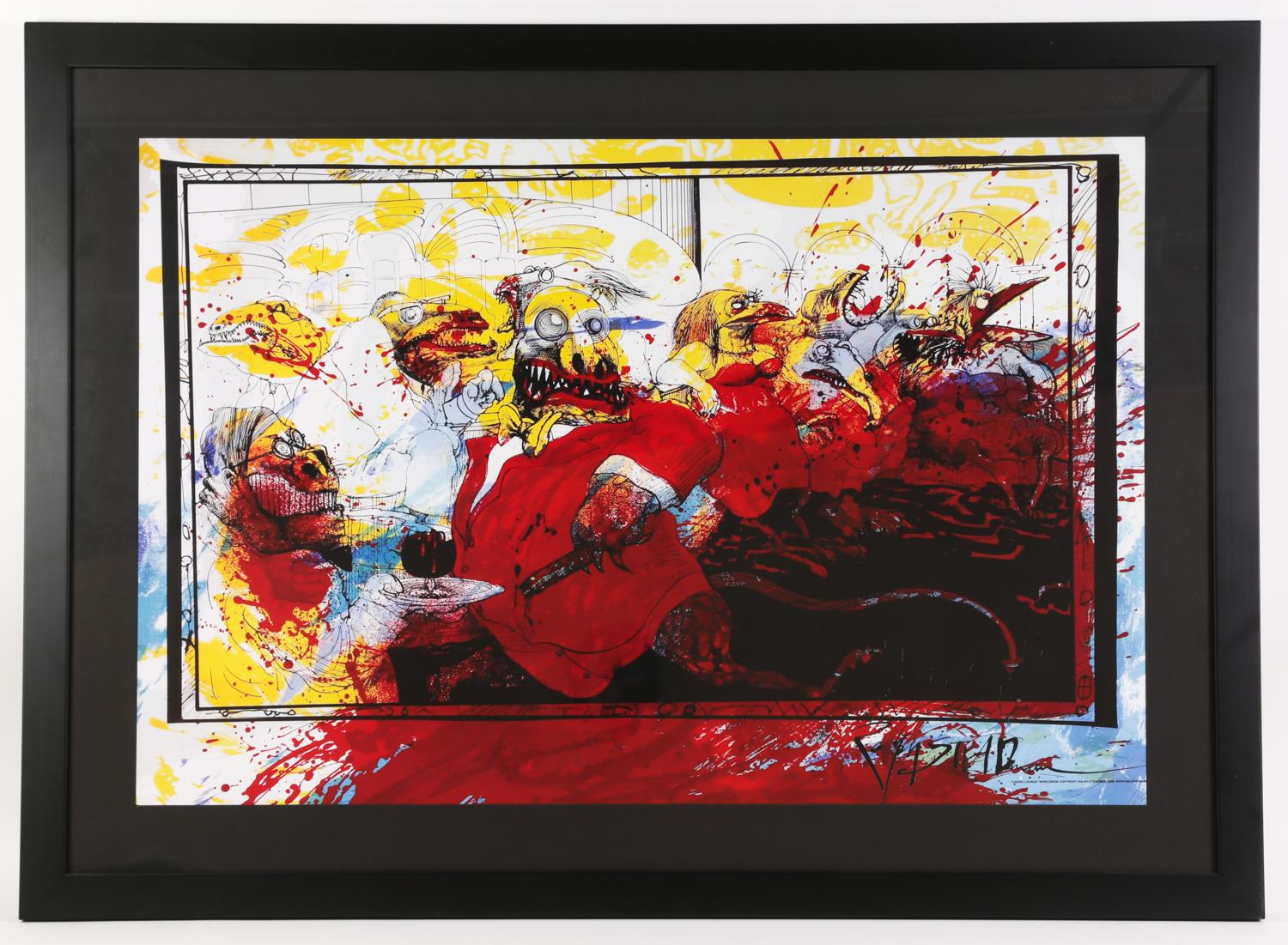
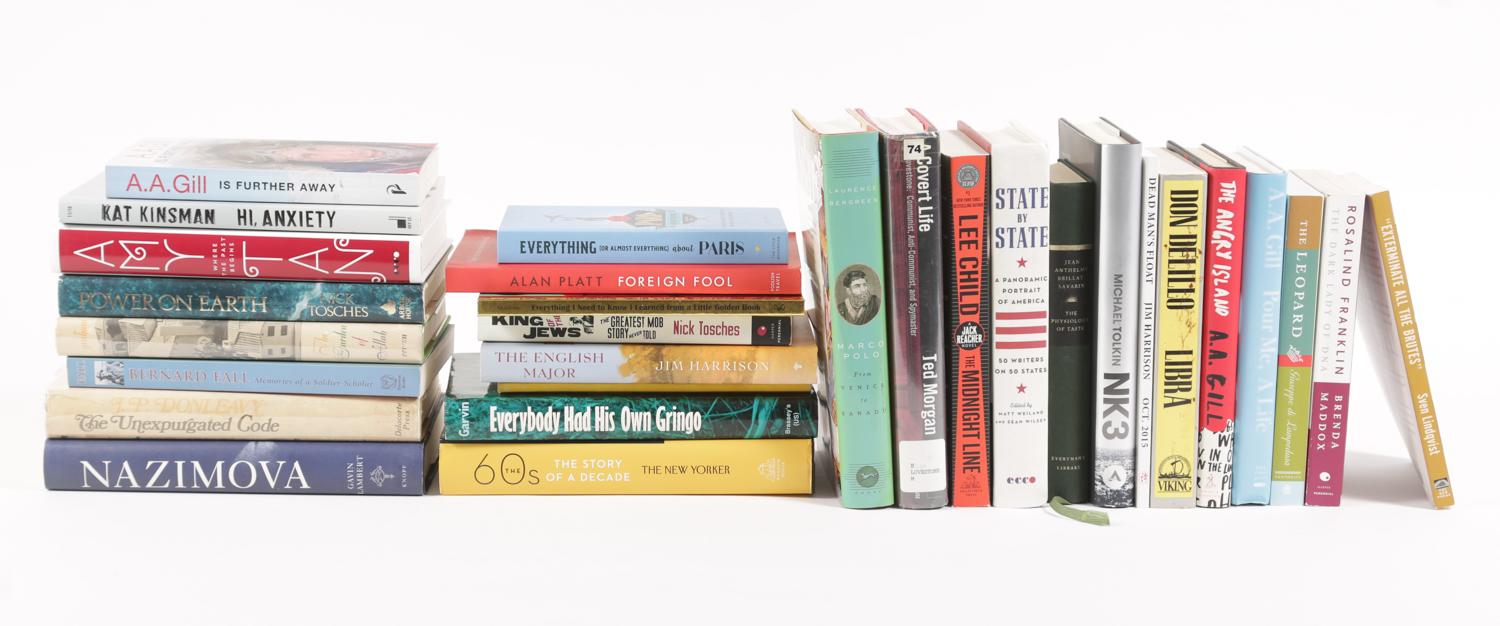
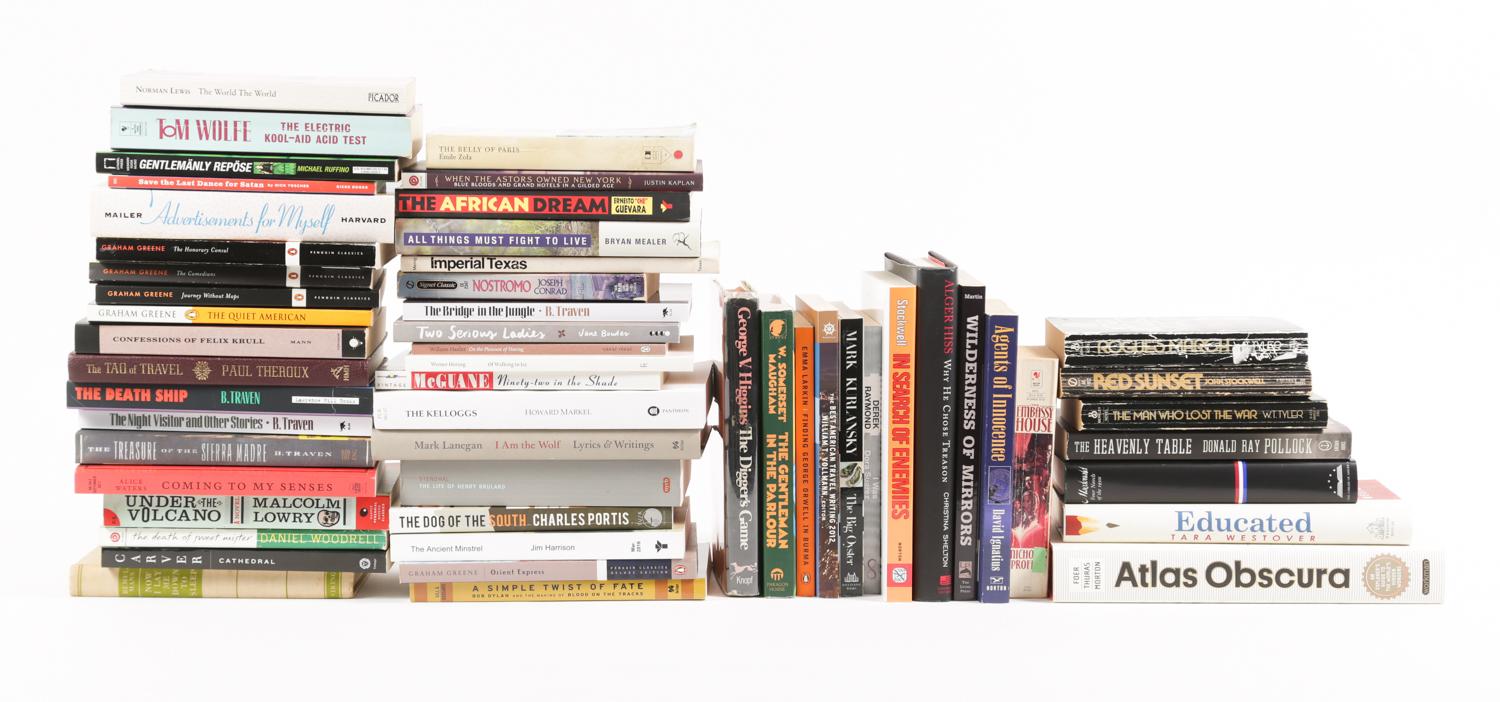



John Gruber on shithead’s kleptocracy:
We’ve now reached the point where Trump’s kleptocracy is just out in the open. Any true believer in democratic norms would agree that the same ethical standards — not to mention laws — apply equally to everyone, regardless of their party. Democrats still believe this; there’s no way Democrats would stand for a president from their own party who used the office to line their own pockets. Nor would they stand for a president who used foreign policy as a cudgel to persuade other countries to open investigations into the president’s political rivals here in the U.S. Republicans’ continuing support for Trump is a rejection of democracy and the rule of law. It really is that simple.
Serious question: Shouldn’t the other G-7 nations refuse to attend? Attending — and spending their nation’s money at a Trump resort — will make them complicit in Trump’s kleptocracy. This is as much a violation of ethical norms — and the Constitution’s emoluments clause — as it would be if the summit were held at a neutral location but the other world leaders were expected to hand Trump envelopes stuffed with cash. Even if Trump were willing to foot the bill for the entire summit out of his own pocket — which, let’s face it, is not his style — it would still be grossly inappropriate and illegal on the grounds of the event’s significant promotional value alone.
We’re way past ‘three strikes and you’re out’.
Last week Vice posted an article on Rob Ford’s newly published book, Web Design: The Evolution of the Digital World 1990-Today.
The 640-page book, full of pictures of interactive websites from prior eras, benefits from taking a wide view of the visual culture of the past: Starting at the embryonic stages of the World Wide Web, it follows the art of web design through periods of extreme experimentation on the way to the convention-driven scaffolding we have today. The book makes a compelling case through its general structure that the sweet spot of creative web design came during the late 1990s through the mid-2000s—periods in which major brands were willing to invest a whole lot of money in a website intended for show, not just tell.
Ford’s main perspective is that Flash is responsible for the Internet’s most creative era.
I started my career as a designer in the “sweet spot” Ford highlights in his book, so I am both biased and knowledgeable about the breakthroughs in web/interactive design of the period. I remember Joshua Davis and his website Praystation, where he posted his digital art experiments in Flash on an almost daily basis. Davis also provided his pre-compiled source files for anyone to take and run with. There was also Eric Natzke, James Paterson (Presstube), Robert Hodgin (flight 404) and dozens of other digital artists and experimentors pushing the envelope with what was possible with Flash on the Web.
Then there were all the nascent digital agencies blazing a trail in web design like Huge, Big Spaceship, grupoW, hi-res, RG/A, Kioken, group94, and Firstborn to name a few.
It was also during this period that I was a contributing editor to one of the larger web design portals, Moluv (it’s actually still up). As a young designer I’d sift through hundreds of website submissions every day to find just a small handful that were actually great — great interactivity, great typography, great animation, and great content.
Sure, you could say Ford and I are looking back at the Web through a rose-colored, 72dpi monitor, but it’s a fact that every immersive website – powered by HTML, Javascript, and CSS – you see today on design portals like Awwwards, siteinspire, and Designer News has it’s roots in the experimental Flash sites of the early 2000s.
Parallax scrolling, custom typefaces, scripted motion, dynamic masking, video backgrounds, interactive 3-D objects — these all began life on the Web as Flash websites.
There are also interesting comments on this Vice article over at Slashdot.org. Many of the comments are negative, shitting on Flash as a buggy plug-in, plagued by endless security holes. While the security concerns around Flash are very real (Adobe will stop distributing and updating Flash in 2020), this discounts all creative work created in Flash.
Flash’s greatest contribution to the world of digital design is it lowered the barrier to entry for creating experimental, immersive, digital experiences. Designers and artists were no longer stuck with static HTML and images. They could now express themselves though motion, sound, and interactivity. If he or she was unable to figure out how to achieve a particular effect, they could go one of the many vibrant forums and find the answer – and source files – from someone else.
Comparative Media Studies 201: “Heterosexual Undertones in Top Gun”:
Charlie, a civilian contractor, at first seems to be a throwaway character existing purely to provide exposition about Maverick’s dangerous flying habits. But there could be more to her. During a sweaty encounter with Maverick in an elevator, she clarifies: “I don’t normally invite students to my house.” He responds, “I’m glad we got that straight.” Straight. Curious choice of language.
McSweeney’s nails it again.
